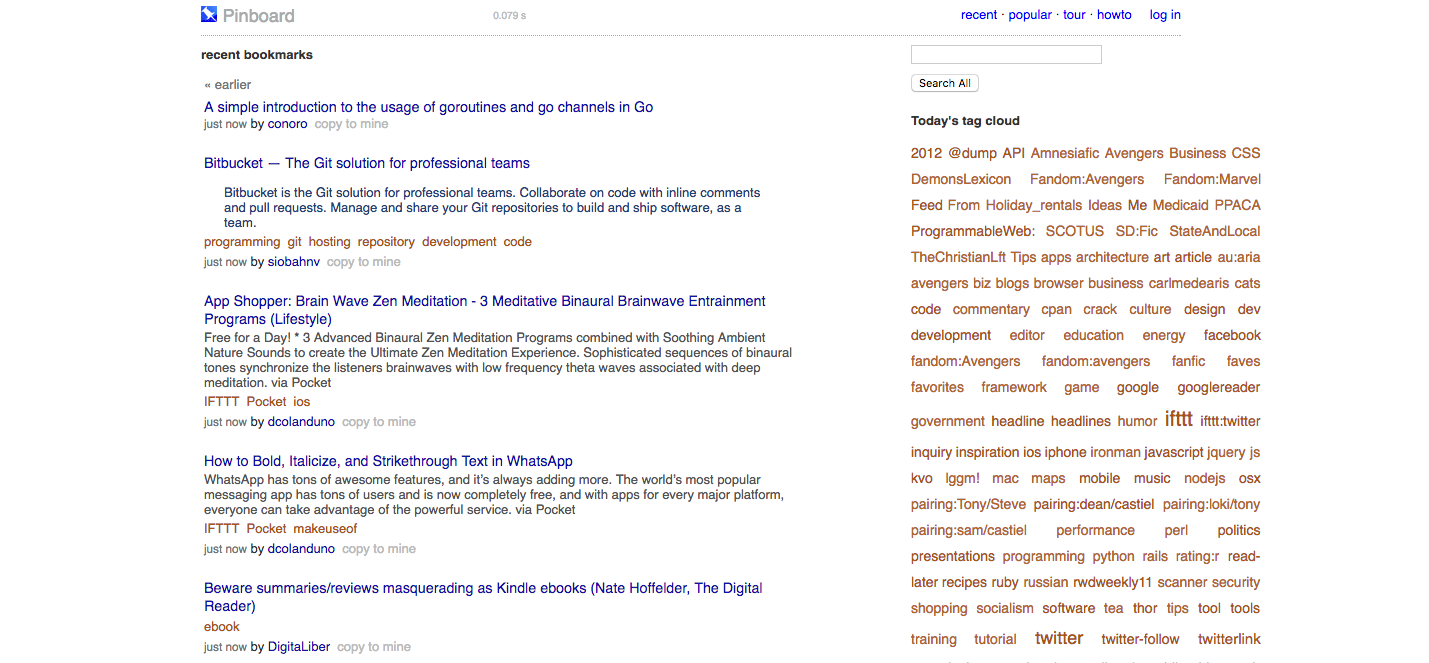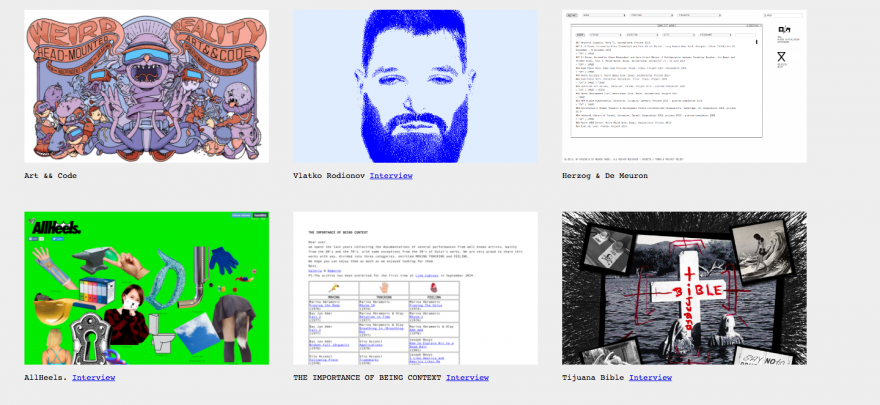Brutalism, because words no longer have meaning, is apparently a big trend in web design. It is, one gathers, a reference to somewhat austere webpages that are not overloaded with fancy baubles and trinkets. In other words, what we are seeing is not Victorian web design. But what about it is Brutalist?
“That question is easier asked than answered,” writes Vox’s Aja Romano, who goes on to answer that it has something to do with a “no frills” approach to websites. This is more or less an extension of Katherine Arcement’s description in The Washington Post last month: “Making websites that look, well … bad. (…) They’re built on imperfect, hand-coded HTML and take their design cues from ’90s graphics.”
Referring to Brutalist websites as merely simple or ugly—and the Brutalist web design thinkpiece’s hallmark is the use of “ugly” in the headline before abandoning that canard in the article’s body—is a missed opportunity to understand both the architectural movement and where the Internet is going.
In purely linguistic terms, Brutalism is derived from “béton brut” (raw concrete), the material favored by Le Corbusier. In aesthetic terms, Brutalist buildings tend to be large, explicit in visions of how people ought to move through spaces, and open about their primary materials. In practice, most Brutalist buildings are short on ornamentation, but the concrete diagrids adorning the Welbeck Street car park and scalloped edges of Keith Ingham and Charles Wilson’s “Preston Bus Station” attest to the dangers of treating Brutalism as a mere synonym of minimalism.
This surface-level invocation of Brutalism, moreover, overlooks its meaningful ideas about space. Undertakings like Le Corbusier’s “Unité d’Habitation” in Marseille or Ërno Goldfinger’s “Trellick Tower” in London envisioned alternate modes of connection between buildings, with elevated streetways replacing the traditional ground-level grid. Such projects present the viewer with two interpretive traps. The first involves confusing alternate visions of urbanism with outright hostility to urban space. Romano, for instance, writes that Brutalist buildings “don’t make any effort to blend into the urban landscape or environment surrounding them.” This is true in a narrow sense but fails to credit these buildings with attempting to supplant these models. (For the most part they failed in that regard, but many architectural styles make little effort to blend in at their inceptions.)
The second trap is to mistake the buildings’ austere qualities with austerity itself. “As the austerity of the 1950s gave way to the energy and renewed national self-confidence of the 1960s,” writes the architecture historian and curator Owen Hopkins, “Brutalism took centre stage, defining British architecture of that decade.” History is unforgiving, and the image of Brutalism is in large part shaped by how these buildings aged—as hostile territories and as symbols of austerity. Such memories are neither unfair nor unfounded, but this ex post facto telling of history tends to erase Brutalism’s original context and ideas.
Just as not every concrete building ought to be deemed Brutalist, neither should every website with sharp edges. The Drudge Report, one of Romano’s examples, may be light on formatting but it does not offer an alternate vision for community building to its era of the Internet in the way “Unité d’Habitation” did. It is simply a dated website that, if it must be architecturally analogized, is a dilapidated-yet-watertight. Suckless.org, another of Romano’s examples, is simply a website without flashing features. That may pass as radical on a site that registers 36 potential trackers with Privacy Badger, but to call Suckless a Brutalist site is to otherwise hold both it and Brutalism to a punishing low standard. This approach only makes sense if one concedes that Brutalism, all forms of modernism, and various forms minimalism are fundamentally interchangeable terms.
Such categorical confusion precludes more interesting discussions about the nature of the Internet. At a time when major players like Facebook and Google threaten to impose their organizing logic on much of the Internet, there is a dire need for alternate community models and linkages in the spirit of Le Corbusier’s “Unité d’Habitation.” This, to an extent, is what a site like tilde.club attempts to do, but its Brutalist credentials have more to do with its overarching vision of society than its superficial minimalism. Put otherwise: If you polished tilde.club, it would still be more radical than most sites but it would never be credited as such.
The uptick in web Brutalism coincides with a resurgence of interest in the architectural style. (Tragically, that uptick in interest has come too late to save many Brutalist icons from demolition.) “In its ruggedness and lack of concern to look comfortable or easy,” reads the inscription atop brutalistwebsites.com, a popular curator of the genre’s latest entries, “Brutalism can be seen as a reaction by a younger generation to the lightness, optimism, and frivolity of today’s webdesign.” Replace web design with architecture and you have the animating spirit of popular sites like F*ckyeahbrutalism. As an architectural style, mid-century Brutalism was also a reaction to the overelaborate gaiety of previous generations. There is a spiritual connection between all these strains of thinking, but only some advocate for Brutalism as a solution; web Brutalism is merely—and ironically—a gussied up version of intra-generational reactionist tendencies.

In his defense of Brutalism, the writer Jonathan Meades notes: “Brutalism’s opponents dare not simply own up to disliking the look of the stuff.” This is the rare case where critical discourse stands to benefit from a wider use of the word “ugly.” Sometimes that is all critics are trying to say. Criticizing a Brutalist building for its aesthetic failings is not the same thing as criticizing its underlying vision. In the case of the Brutalist website trend, aesthetics—specifically, a studied ugliness—are the unifying factor.
How else could Pinboard, which represents a philosophical vision of an Internet where pages have smaller filesizes than Russian novels, and Bloomberg Businessweek’s website end up in the same category, as they do in Arcement’s story? A useful critical discourse for the Internet should be able to differentiate between the latter’s delightfully cacophonous array of hard edges and the former’s monastic restraint. The Brutalist web design trend could be an opportunity to deepen understandings of both the Internet and architectural history, but at present neither of those things is happening.
